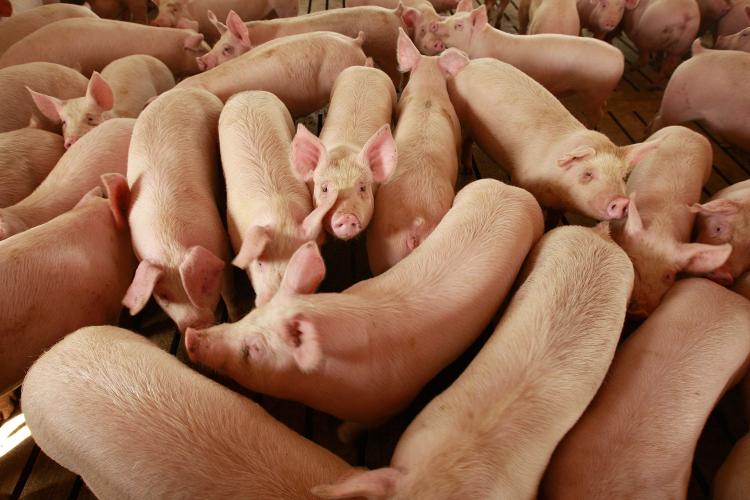In 1969, the Swann report recommended strict oversight and restrictions on the use of antibiotics used in human medicine as growth promoters in agriculture. That was in the U.K., and 31 years later, the debate about the use of antimicrobials in agriculture continues.
 The USA Today today and the N.Y. Times on Friday both waded into the issue in advance of House hearing on the issue on Wednesday.
The USA Today today and the N.Y. Times on Friday both waded into the issue in advance of House hearing on the issue on Wednesday.
USA Today said in an editorial that,
"high-volume use of antibiotics in animals is a dangerous avenue for the evolution of drug-resistant bacteria that can eventually spread to humans. But, in a classic case of the public interest taking a back seat to private commercial interests, the farm lobby has for decades successfully fought restrictions on animal use of antibiotics. Now federal regulators and some members of Congress are making a worthy new push to rein in hazardous practices.
“The Food and Drug Administration is sufficiently concerned that it issued a detailed, 19-page "draft guidance" last month that calls on the agriculture industry to voluntarily end the "injudicious" use of drugs to help animals grow, which it said "poses a qualitatively higher risk to public health" than using the drugs selectively to cure or prevent disease.”
The FDA says 30 years of studies point unmistakably to a hazard from overuse of antibiotics in animals.
The Centers for Disease Control and Prevention says humans could pick up drug-resistant bugs through contact with animals or by eating contaminated food; it cites the example of Campylobacter bacteria, which lives in chicken intestines and can cause diarrhea in humans who eat undercooked chicken.
In 1995, the FDA approved the use of fluoroquinolone antibiotics in chickens. Soon, though, doctors began to find Campylobacter strains in sick people that were resistant to fluoroquinolone, and the FDA eventually banned the antibiotic for use in chickens.
 Dr. Howard Hill, a veterinarian and a director of the National Pork Producers Council, writes in an opposing view,
Dr. Howard Hill, a veterinarian and a director of the National Pork Producers Council, writes in an opposing view,
“America’s livestock farmers use antibiotics to keep their animals healthy and, in turn, to produce safe food for consumers. And, contrary to the opponents of modern food-animal production, antibiotics are not being given excessively to pigs and cattle, and their use in livestock production is not the likely cause for an increase in antibiotic resistance in humans.
A 2006 report from the Institute of Food Technologists concluded: "Eliminating antibiotic drugs from food-animal production may have little positive effect on resistant bacteria that threaten human health. … Who knows? The risk of not using antibiotics could outweigh any risk of using them.
Elizabeth Parker, chief veterinarian at the National Cattlemen’s Beef Association, wrote in Friday’s Times in response to a June 30 editorial that,
“Ranchers have an obligation to protect cattle health and welfare. We also have an obligation to protect human health by providing a safe beef supply. That’s why, for  generations, cattle producers have worked closely with veterinarians in the careful use of antibiotics to prevent, control and treat disease.”
generations, cattle producers have worked closely with veterinarians in the careful use of antibiotics to prevent, control and treat disease.”
Judicious use guidelines have been around a lot longer than last month. It’s a way of an industry group saying, hey, we know this is a powerful technology, so we’ll use it carefully in order to retain access to the technology.
But, judicious use can evolve into routine use. The challenge is maximize the benefits of a technology while minimizing the risk. Science can be messy.
